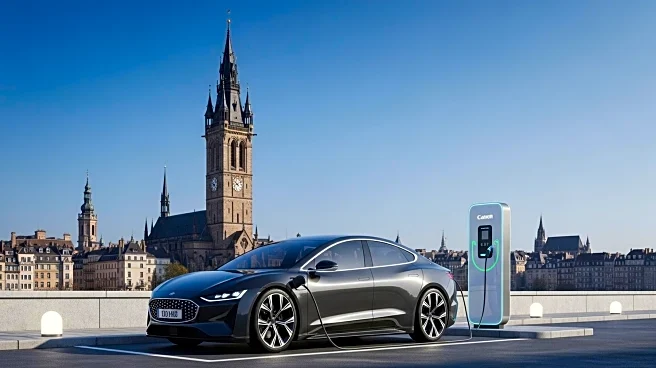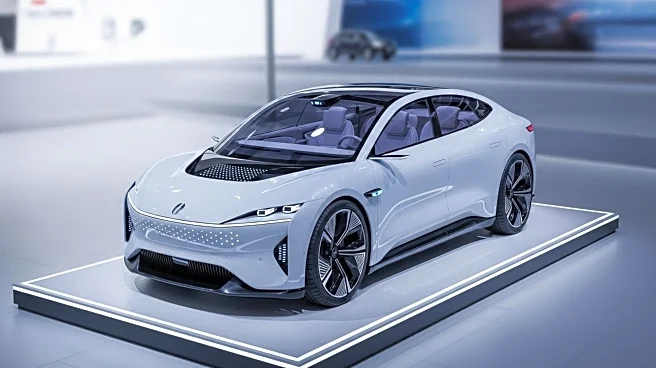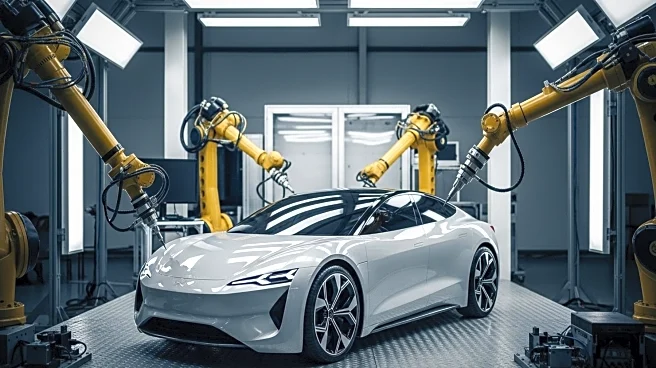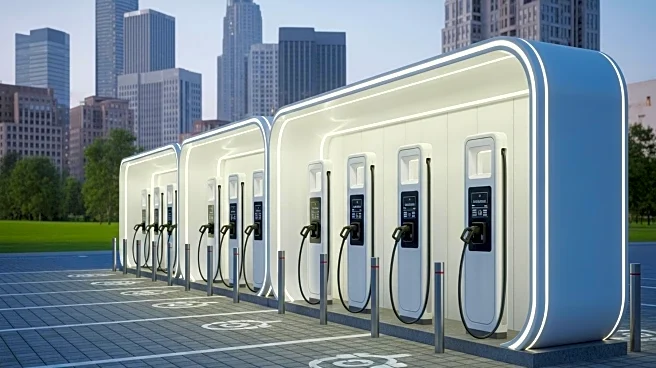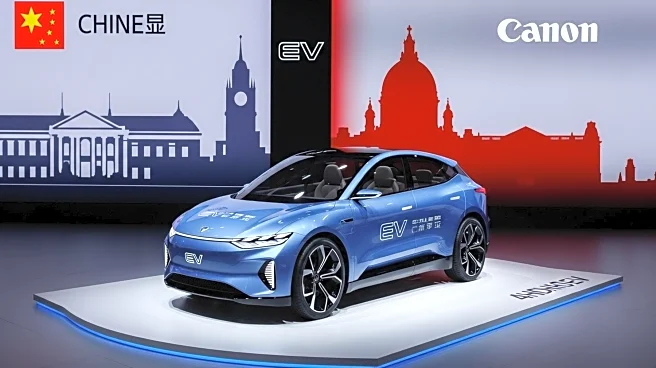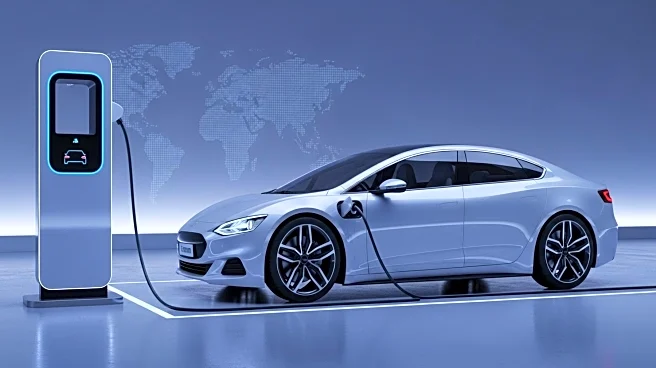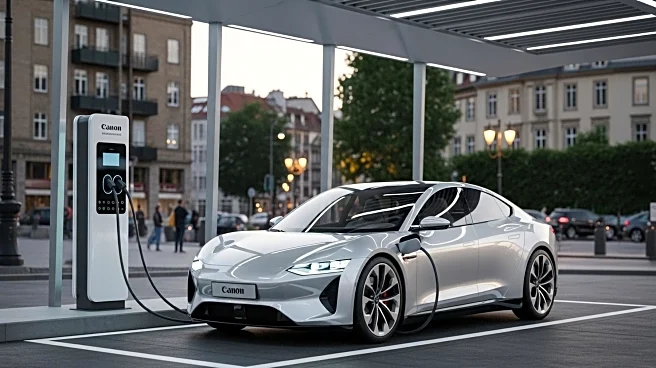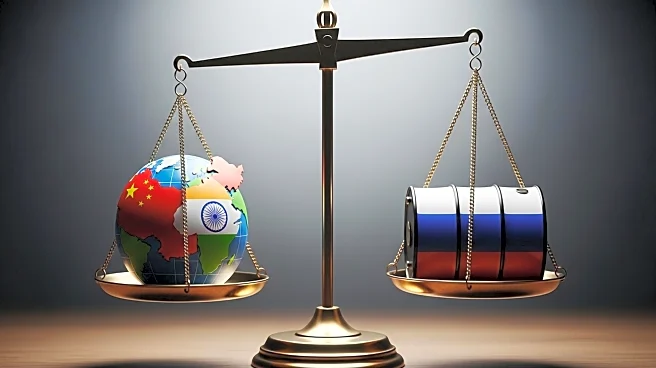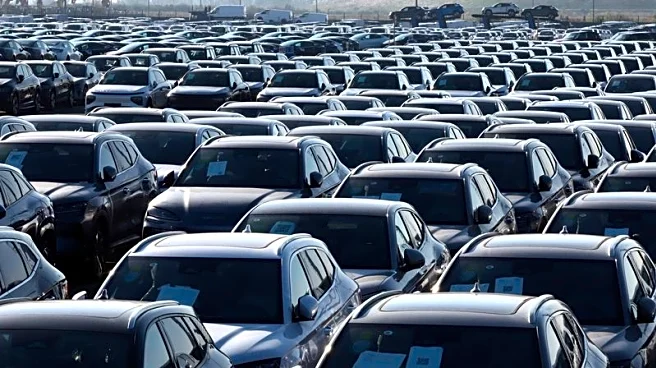What's Happening?
Xpeng has initiated its first European localized production project at the Magna plant in Graz, Austria. This move is aimed at expanding its market share by mitigating the impact of high tariffs imposed by the European Union on electric vehicles imported from China. The first batch of Xpeng G6 and G9 SUVs has successfully rolled off the assembly line. The factory, utilizing existing production lines of Magna Steyr, will also begin production of additional Xpeng models, including sedans and hybrid vehicles. This marks Xpeng's second overseas EV factory, following its Indonesian facility, and aligns with its strategic plan to strengthen European operations.
Why It's Important?
The commencement of local production in Europe is a strategic move by Xpeng to avoid additional costs from EU tariffs, which are set to be imposed for a five-year period. These tariffs, ranging from 7.8% to 20.7% for various manufacturers, could significantly impact the competitiveness of Chinese EVs in the European market. By producing locally, Xpeng can offer more competitive pricing and expand its presence in Europe, potentially increasing its market share. This development also highlights the growing trend of Chinese manufacturers establishing production facilities abroad to circumvent trade barriers.
What's Next?
Xpeng plans to expand its production at the Graz facility to include more models, enhancing its product portfolio in Europe. The company is committed to long-term investment in the region, which may lead to further collaborations with local partners like Magna. As the EU tariffs take effect, other Chinese manufacturers might follow Xpeng's lead, potentially reshaping the competitive landscape of the European EV market. Stakeholders, including local governments and industry players, will likely monitor these developments closely.
Beyond the Headlines
This move by Xpeng could have broader implications for international trade relations, particularly between China and the EU. It may prompt discussions on the balance between protecting local industries and fostering global trade. Additionally, the environmental impact of local production versus importation could become a point of consideration, as European emissions standards are stringent.
